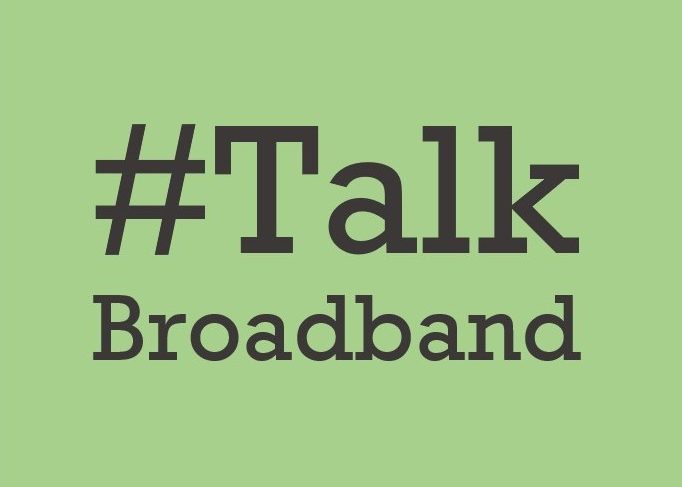
Independent operators say minimum should be 10 Mbps down, 3 Mbps up
We are at the end of the CRTC’s proceeding reviewing the basic telecommunications needs of Canadians. Launched close to a year ago, the CRTC has received widely diverse proposals in response to the fundamental questions of: Which services do Canadians need to participate meaningfully in the digital economy; and what is the CRTC’s role in ensuring the availability of affordable basic telecommunications services to Canadians? The CRTC has also reached out to Canadians under the banner of “Let’s Talk Broadband Internet!” with a survey on various topics. When the oral hearing is over, the CRTC will have heard from nearly ninety parties over the course of three weeks.
The rural, independent telephone companies, also known as small incumbent local exchange carriers (or SILECs) from Quebec, Ontario and British Columbia are actively engaged under the banner of the Canadian Independent Telephone Company Joint Task Force (JTF). These companies operate exclusively in rural farming communities and small towns, far away from the major population centres such as the Greater Toronto Area, Vancouver or Montreal — large cities where broadband download speeds of 100 Mbps or greater are readily available.
Broadband Internet dominated this proceeding. After written comments and multiple rounds of questions, positions have crystallized. Many companies have stated that there is no broadband access problem to fix since, by the CRTC’s own analysis, 96% of Canadian households can subscribe to download speeds of at least 5 Mbps.
This statistic, however, doesn’t tell the whole story, especially in rural areas. There are no statistics on how many rural Canadians can subscribe to a broadband service with a sustained level of performance that truly meets their needs and at a reasonable price when compared to what is available in the city. Different types of wireless technologies are relied on heavily in rural areas but due to distance and geography, often suffer from poor performance. If you look at it from this perspective, far more than 4% of households do not have access to true and affordable service capabilities of at least 5 Mbps.
There is no business case to expand wireline broadband networks further into rural areas for big telecom companies. There is a quick and easy profit to be made in dense urban markets. As such, these companies are telling the CRTC that rural Canadians should be satisfied with existing levels of service, including dial-up in many cases or comparatively expensive and unreliable wireless and satellite services. We asked Bell Canada about Canadians located beyond its current network footprint and how they could be provided with broadband. It responded that these areas represent important opportunities for other providers.
We would argue that faster, more reliable Internet service is a necessity for rural Canadians today, and even more so in the future. A 5/1 Mbps service may be adequate for a household with one user on a single PC. A household with multiple connected devices will not find this speed meets their needs, even if usage is limited to web browsing, email, distance education, on-line banking or telecommuting.
Telecoms see the demands on their networks growing at levels unheard of ten years ago, and yet Telus has argued that broadband speeds faster than 5/1 Mbps are not required. Rogers affirms that this should be the standard for the definition of basic telecommunications service. Although the larger telecoms aren’t interested in investing in connectivity for rural Canadian, SILECs are calling for the needs of these customers to be addressed, and the regulatory measures needed to ensure wireline networks are expanded.
The JTF has argued that broadband Internet is a basic service that all Canadians require. The CRTC chairman himself stated in the proceeding that the Commission considered Canada Broadband to be vital.
As a first step, the JTF believes that the minimum service speeds that the industry and the CRTC should be working toward is 10 Mbps download and 3 Mbps upload. Our proposal is a big step forward to addressing the digital divide and would result in the opportunity for all Canadians, regardless of where they choose to live in Canada, to participate meaningfully in the digital economy into the future.
Anything less is simply not good enough.
Jonathan Holmes is the executive director of the Independent Telecommunications Providers Association.


